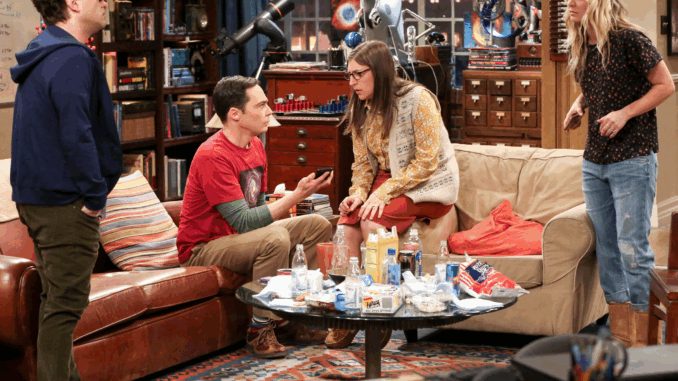
How The Big Bang Theory Became a Science and Pop Culture Phenomenon
From 2007 to 2019, The Big Bang Theory didn’t just deliver laughs—it reshaped perceptions of nerd culture and made science feel cool and relatable.
🔬 Science Meets Sitcom
Behind the scenes, the show prioritized accuracy. UCLA professor David Saltzberg ensured the equations on whiteboards made sense, and Mayim Bialik—who holds a Ph.D. in neuroscience—double-checked scripts and on-set science details. Their work helped bridge the gap between genuine science and mainstream entertainment.
🌟 Celebrity Guest Appearances
Many high-profile scientists appeared as themselves, including Stephen Hawking, Neil deGrasse Tyson, Buzz Aldrin, Bill Nye, and George Smoot. These cameos brought real-world science credibility into the fictional world of Caltech.
🎙️ Cultural Impact
The show normalized tech-savvy characters and geek culture, pushing “nerd” from niche to mainstream. It also prompted discussions about representation and stereotypes—though critics noted it sometimes relied on caricatures and didn’t always reflect authentic geek experiences Tachyon Decay.
📊 Key Takeaways
| Aspect | Impact |
|---|---|
| Scientific Rigor | Accurate details earned trust from science-loving audiences. |
| Guest Scientists | High-profile cameos strengthened the show’s credibility. |
| Pop Culture Influence | Helped shift mainstream views on nerd culture and technology. |
| Representation Issues | Sparked debates around stereotypes, gender roles, and diversity. |
By weaving real science, expert cameos, and smart writing with comedic flair, The Big Bang Theory managed to entertain while educating. It made it socially acceptable—perhaps even aspirational—to love science and embrace geekiness.
